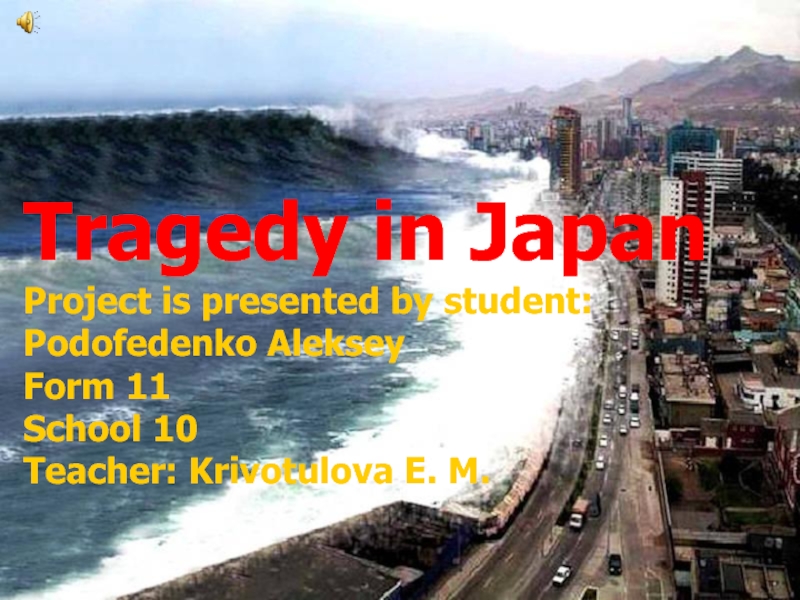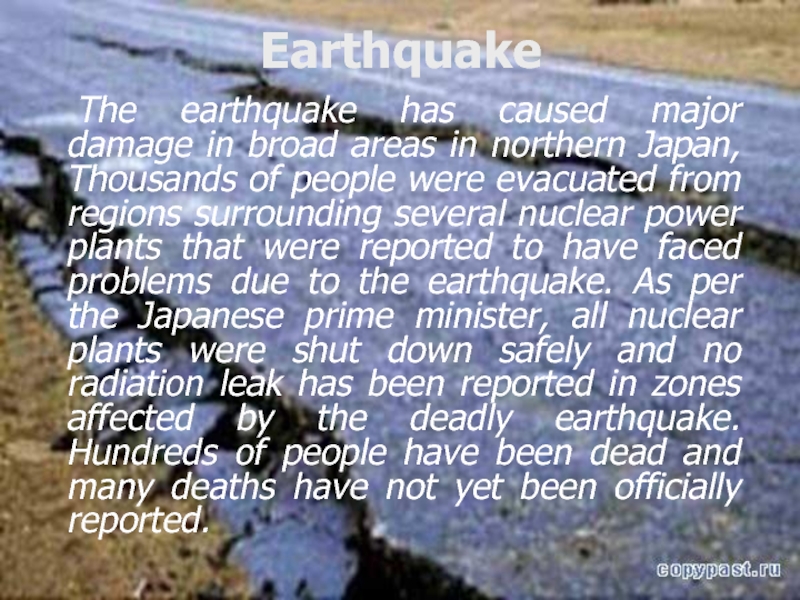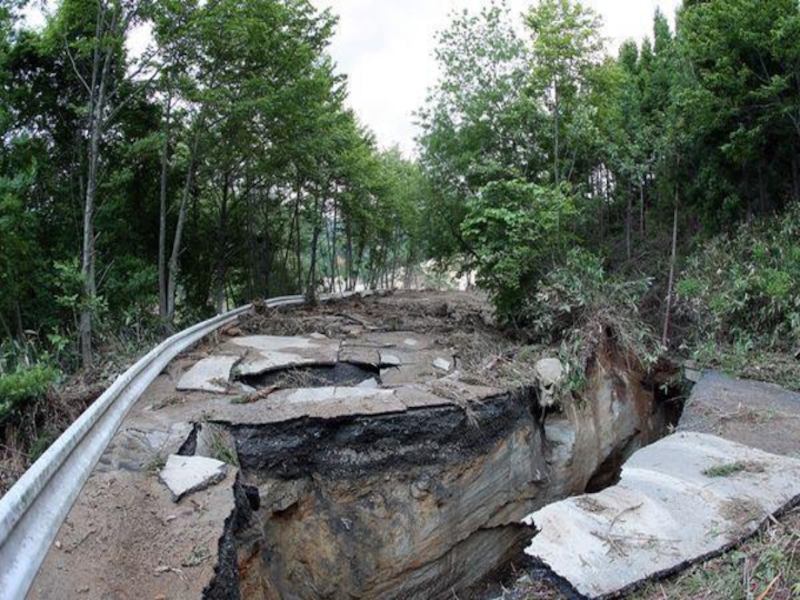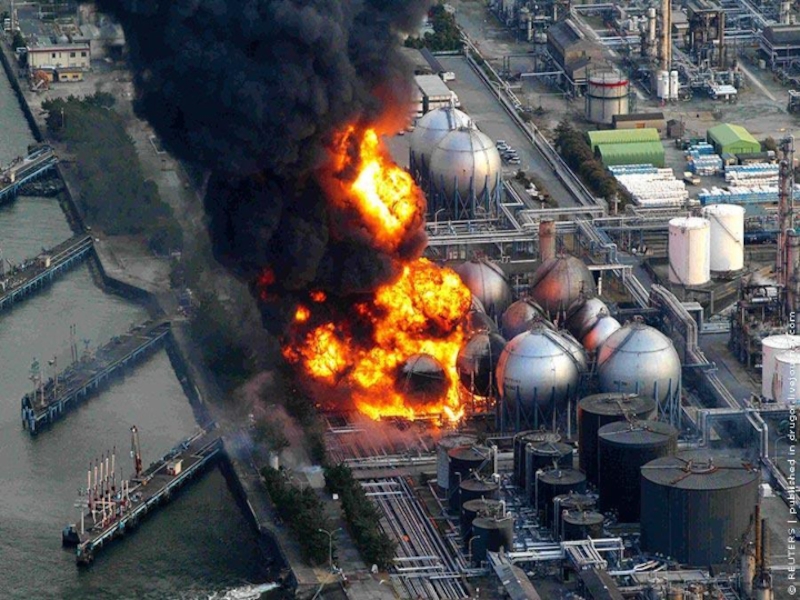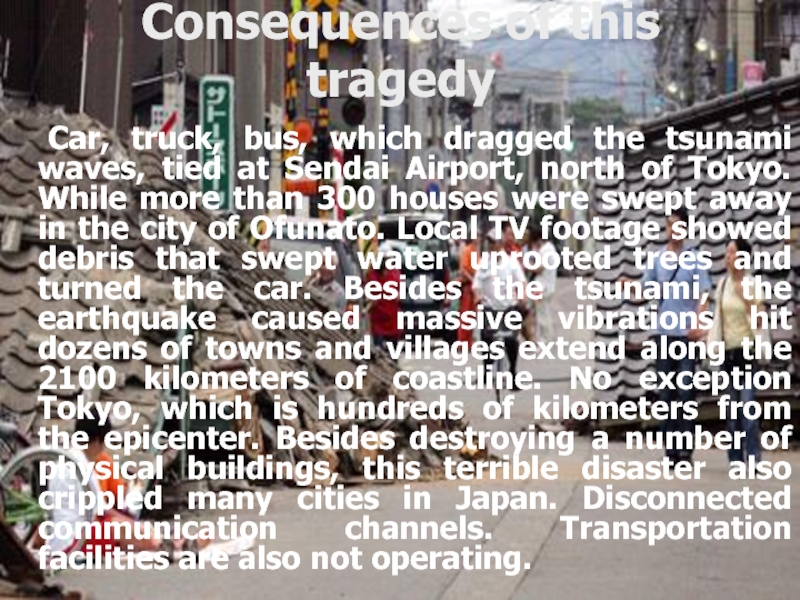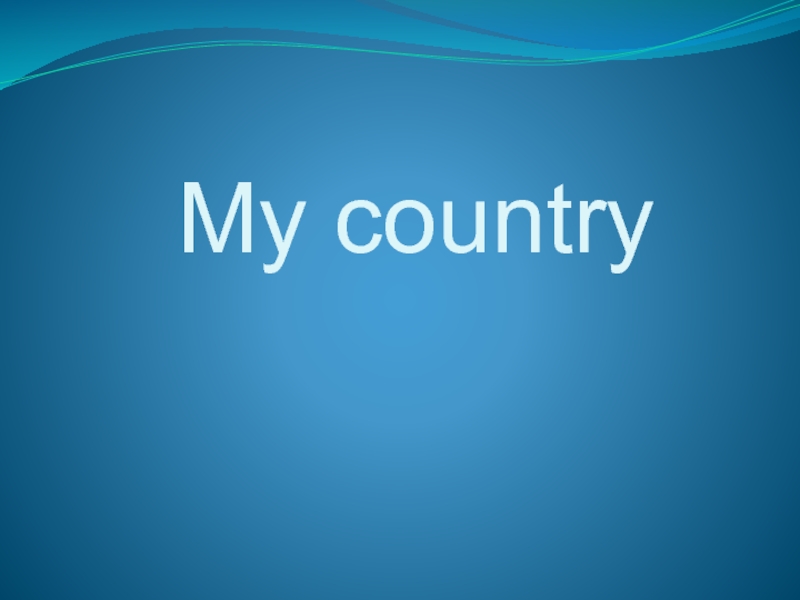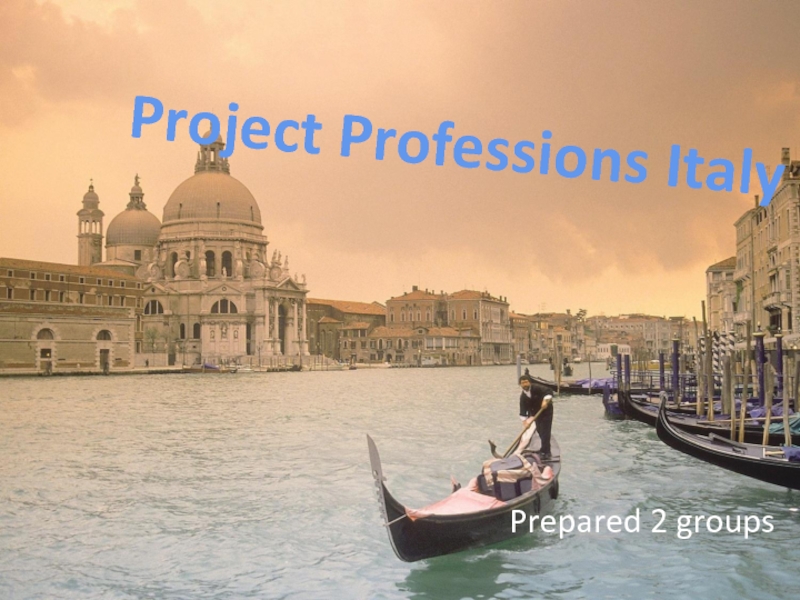Слайд 1Tragedy in Japan
Project is presented by student: Podofedenko Aleksey
Form 11
School
10
Teacher: Krivotulova E. M.
Слайд 2Tsunami in Japan
Japan was hit by an enormous earthquake on
March 11, 2011, that triggered a deadly 23-foot tsunami in
the country's north. The giant waves deluged cities and rural areas alike, sweeping away cars, homes, buildings, a train, and boats, leaving a path of death and devastation in its wake. Video footage showed cars racing away from surging waves. The United States Geological Survey reported the earthquake and on Monday revised its magnitude from 8.9 to 9.0, which is the largest in Japan's history. The earthquake struck about 230 miles northeast of Tokyo. The Pacific Tsunami Warning Center issued warnings for Russia, Taiwan, Hawaii, Indonesia, the Marshall Islands, Papua New Guinea, Australia, and the west coasts the U.S., Mexico, Central America, and South America. As of Wednesday, March 16, more than 4,300 were confirmed dead. That number will likey continue to rise with more than 8,000 people still missing.
Слайд 4Earthquake
The earthquake has caused major damage in broad areas in
northern Japan, Thousands of people were evacuated from regions surrounding
several nuclear power plants that were reported to have faced problems due to the earthquake. As per the Japanese prime minister, all nuclear plants were shut down safely and no radiation leak has been reported in zones affected by the deadly earthquake. Hundreds of people have been dead and many deaths have not yet been officially reported.
Слайд 6Threat of nuclear explosion
The crisis at the Fukushima Daiichi nuclear
power center is the worst Japan has ever faced. Police,
firefighters and military workers were risking their lives to prevent a wider disaster. On Friday, workers continued to direct water on the damaged reactor buildings. It was an attempt to cool the highly radioactive fuel rods from overheating. Workers used powerful hoses to shoot fifty tons of water on the buildings. But the military and civilian firefighters had to keep their distance and limit the time they could be in the area because of the radiation.
Слайд 8Consequences of this tragedy
Car, truck, bus, which dragged the tsunami
waves, tied at Sendai Airport, north of Tokyo. While more
than 300 houses were swept away in the city of Ofunato. Local TV footage showed debris that swept water uprooted trees and turned the car. Besides the tsunami, the earthquake caused massive vibrations hit dozens of towns and villages extend along the 2100 kilometers of coastline. No exception Tokyo, which is hundreds of kilometers from the epicenter. Besides destroying a number of physical buildings, this terrible disaster also crippled many cities in Japan. Disconnected communication channels. Transportation facilities are also not operating.
Слайд 9
The tsunami in Japan recalled the 2004 disaster in the
Indian Ocean. On Dec. 26, a 9.0 magnitude earthquake—the largest
earthquake in 40 years—ruptured in the Indian Ocean, off the northwest coast of the Indonesian island of Sumatra. The earthquake stirred up the deadliest tsunami in world history, so powerful that the waves caused loss of life on the coast of Africa and were even detected on the East Coast of the United States. More than 225,000 people died from the disaster, a half a million were injured, and millions were left homeless.
